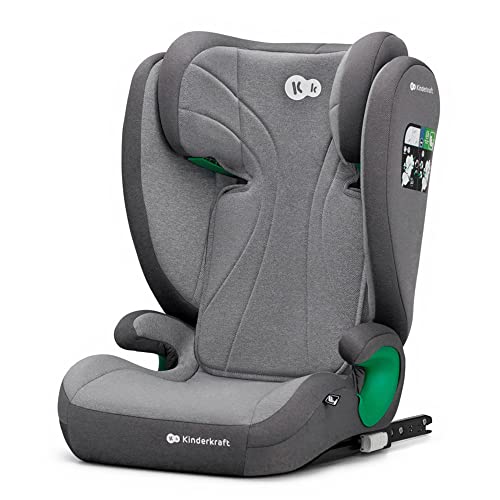Pram or Pushchair: A Comprehensive Guide for New Parents
Choosing the ideal mode of transport for children is one of the very first considerable choices brand-new parents face. With various alternatives on the market, the argument between prams and pushchairs can be overwelming. This short article will offer in-depth insights into the distinctions in between prams and pushchairs, their requirements, benefits and downsides, and what to consider before buying.
Understanding Prams and Pushchairs
At its core, the option between a pram and a pushchair depends on their design and meant use.
Meanings:
- Pram: A pram, short for "perambulator," is designed mostly for newborns. It features a flat, carrycot-style seat that permits the baby to rest completely flat. Prams are often more glamorous and are meant for carrying infants who are not yet staying up separately.
- Pushchair: A pushchair, also called a stroller, is created for older babies and young children who can stay up. Pushchairs usually have an upright seat and might not recline completely flat, although many models now provide adjustable reclining choices for comfort.
Key Differences:
| Feature | Pram | Pushchair |
|---|---|---|
| Age of Use | Newborn to about 6 months | 6 months to 4 years or more |
| Seating Position | Flat, lying down | Upright or slightly reclined |
| Weight | Normally heavier | Generally lighter |
| Mobility | Less portable due to weight | More portable and simpler to fold |
| Usage Case | Short walks, leisurely strolls | Daily use, errands, longer outings |
Advantages and Disadvantages
Pram
Benefits:
- Comfort for Newborns: Provides a flat surface conducive to a newborn's developmental needs.
- Stylish Designs: Many prams come with stylish designs, providing a touch of luxury.
- Storage Space: Sometimes include larger storage options listed below.
Downsides:
- Weight: Generally much heavier and bulkier than pushchairs.
- Minimal Usage: Suitable just for newborns and babies who can not stay up.
Pushchair
Advantages:
- Versatility: Suitable for older babies and toddlers, frequently accommodating them for several years.
- Lightweight and Portable: Easier to fold and transport, making them ideal for busy moms and dads.
- Configurable Options: Many pushchairs have adjustable seats and attachments for safety seat and carrycots.
Downsides:
- Comfort for Newborns: Not constantly suitable for babies in the early months without an appropriate insert.
- Less Luxurious: Often perceived as less glamorous compared to prams.
Making the Right Choice
When it pertains to deciding between a pram and pushchair, several aspects must be considered:
1. Way of life:
- If parents often make long journeys or go for strolls, a pram might be preferential.
- If they need to navigate through city streets or take public transportation, a light-weight pushchair might be better.
2. Budget:
Pricing can vary extensively. Understanding your financial limitations will help focus on alternatives that fulfill both aesthetic and useful criteria.
3. Versatility:
Some progressive options include travel systems that allow parents to shift from a safety seat to a pushchair with the same base, providing optimum flexibility.
4. Storage Space:
A pram might take up more room in a car or in the house, while a pushchair's capability to fold down can be a substantial benefit in tighter spaces.
Frequently asked questions
Q1: Can I utilize a pushchair for newborns?
A1: Some pushchairs feature bassinet accessories or completely reclining seats, making them suitable for newborns. Nevertheless, Prams And Pushchairs to examine the specifications before use.
Q2: How do I pick the best model?
A2: Consider your lifestyle, spending plan, and the features you prioritize, such as weight, mobility, and storage options.
Q3: Are prams and pushchairs safe for my baby?
A3: Yes, both prams and pushchairs are created with security functions. Look for models with a 5-point harness, strong brakes, and secure frames.
Q4: How long can I use a pram for?
A4: A pram is usually suitable until a baby can sit up unassisted, generally around 6 months.
Q5: What are travel systems?
A5: Travel systems are combinations of a safety seat and a pushchair that work in tandem, enabling simple shifts from vehicle to pushchair without requiring to get rid of the baby.
Choosing between a pram and a pushchair ultimately comes down to the needs and lifestyle choices of each household. Prams offer comfort and design for babies, while pushchairs offer versatility and ease for older babies and young children. By thoroughly thinking about individual scenarios and requirements, moms and dads can make an educated option that will guarantee safe and enjoyable outings with their kids.
In the end, whether one go with a stylish pram or a useful pushchair, the main objective remains the very same-- guaranteeing comfort and safety for the child while facilitating convenience for parents.

